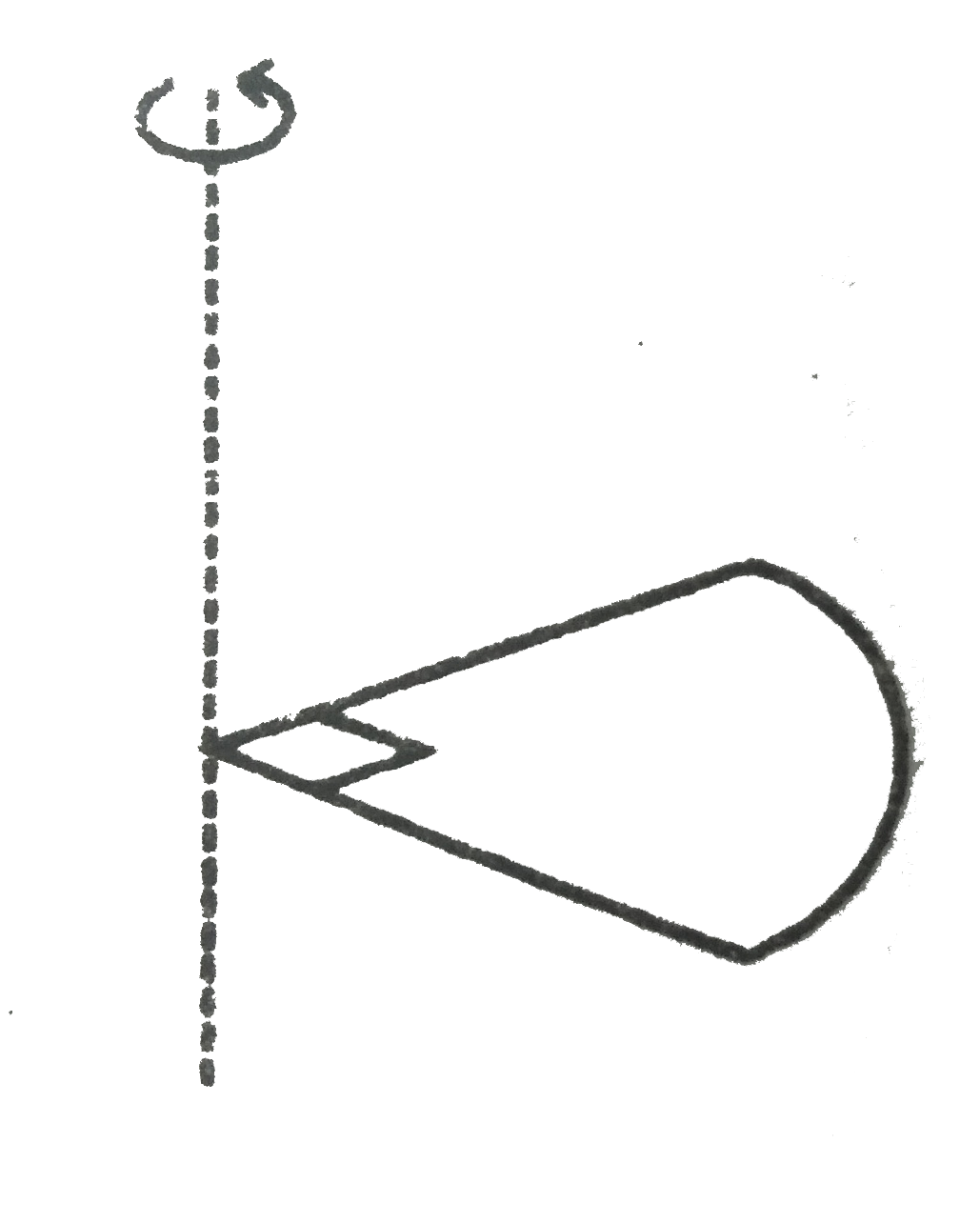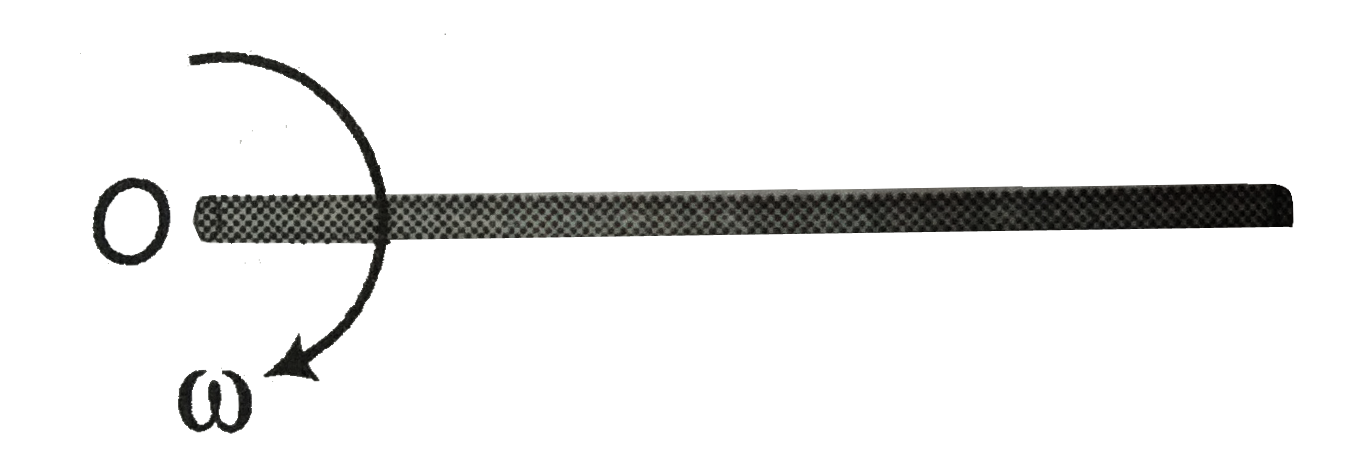State one way to obtain a greater moment of a force about a given axis of rotation.
To obtain a greater moment of a force about a given axis of rotation, we can follow these steps:
1. Understand the Concept of Moment of Force: The moment of force (also known as torque) is defined as the product of the force applied and the perpendicular distance from the axis of rotation to the line of action of the force. Mathematically, it is expressed as:
Moment of Force=Force×Perpendicular Distance
2. Identify the Factors Affecting the Moment of Force: From the formula, we can see that the moment of force depends on two factors: the magnitude of the force applied and the perpendicular distance from the axis of rotation.
3. Determine How to Increase the Moment of Force: To achieve a greater moment of force, we can either increase the magnitude of the force or increase the perpendicular distance. However, since the question asks for one way, we will focus on increasing the perpendicular distance.
4. State the Method: Therefore, one effective way to obtain a greater moment of force about a given axis of rotation is to increase the perpendicular distance from the line of action of the force to the axis of rotation.
Final Answer:
One way to obtain a greater moment of a force about a given axis of rotation is to increase the perpendicular distance from the axis of rotation to the line of action of the force.
---
Moment of Force=Force×Perpendicular Distance
One way to obtain a greater moment of a force about a given axis of rotation is to increase the perpendicular distance from the axis of rotation to the line of action of the force.
Topper's Solved these Questions
- FORCE Book:ICSEChapter:FORCE Exercise:EXERCISE 1(A) Multiple choice questions
Explore 2 Videos
- FORCE Book:ICSEChapter:FORCE Exercise:EXERCISE 1(A) Numericals
Explore 18 Videos
- FORCE Book:ICSEChapter:FORCE Exercise:EXERCISE 1( C) Multiple Choice questions
Explore 2 Videos
- ELECTRO-MAGNETISM Book:ICSEChapter:ELECTRO-MAGNETISM Exercise:EXERCISE-10 (C) NUMERICALS
Explore 1 Video
- HOUSEHOLD CIRCUITS Book:ICSEChapter:HOUSEHOLD CIRCUITS Exercise:EXERCISE -9(B) (MULTIPLE CHOICE TYPE)
Explore 2 Videos
Similar Questions
Knowledge Check
The moment of a force about a given axis depends:
A(a) only on the magnitude of forceB(b) only on the perpendicular distance of force from the axisC(c) neither on the force nor or the perpendicular distance of force from the axisD(d) both, on the force and its perpendicular distance from the axis.One quarter sector is cut from a uniform circular disc of radius R. The sector has mass M. IT is made to rotate about a line perpendicular to its plane and passing through the centre of the original disc. Its moment of inertia about the axis of rotation is
AMR2/2BMR2/4CMR2/8D√2MR2
The moment of inertia of a body about a given axis of rotation depends upon :-
View SolutionA particle of mass 200g is attached to an ideal string of length 1.30 m whose upper end is fixed to ceiling. The particle is made to revolve in a horizontal circle of radius 50 cm. The tension in the string is (g=10ms2)
View SolutionOne quarter sector is cut from a uniform circular disc of radius R. This sector has mass M. It is made to rotate about a line perpendicular to its plane and passing through the centre of the original disc. It moment of inertia about the axis of rotation is.
 .
.
View Solution
A rod of mass 2 kg ad length 2 m is rotating about its one end O with an angular velocity ω=4rad/s. Find angular momentum of the rod about the axis rotation.
View SolutionA solid cylinder of mass 20kg rotates about its axis with angular velocity of 100 radian s−1. The radius of the cylinder is 0.25m. The magnitude of the angular momentum of the cylinder about its axis of rotation is
View SolutionA rigid body is rotating about a vertical axis. In t second, the axis gradually becomes horizontal. But the rigid body continues to make v rotations per second throughout the time interval of 1 second. If the moment of inertia I of the body about the axis of rotation can he taken as constant, then the torque acting on the body is
View Solution